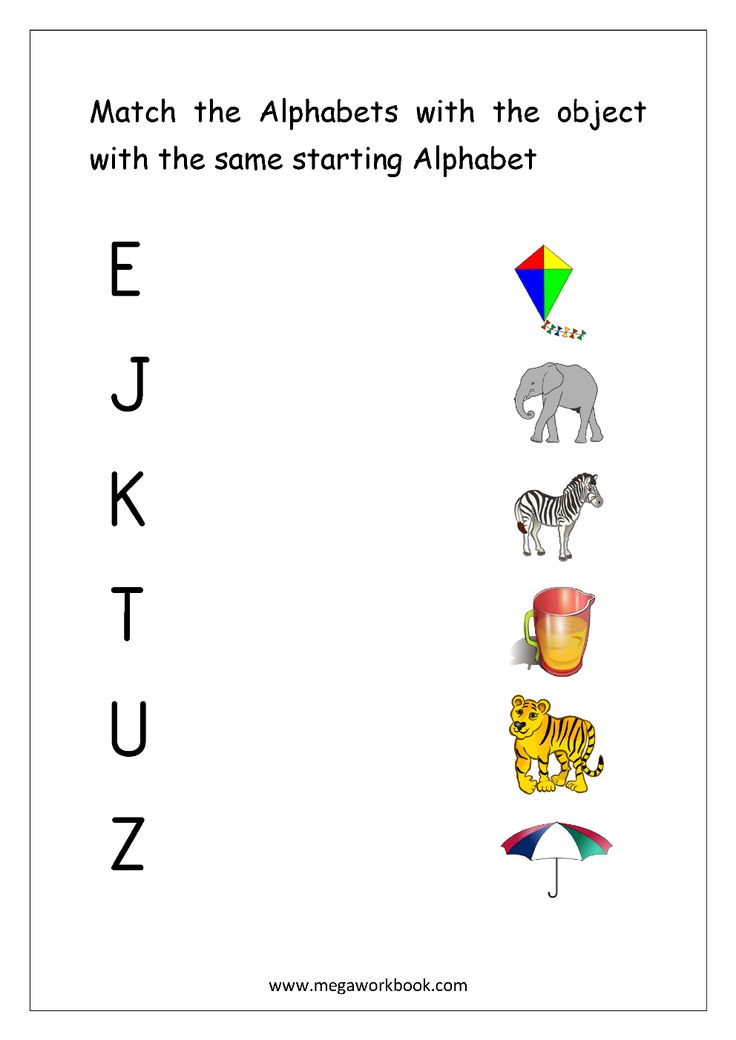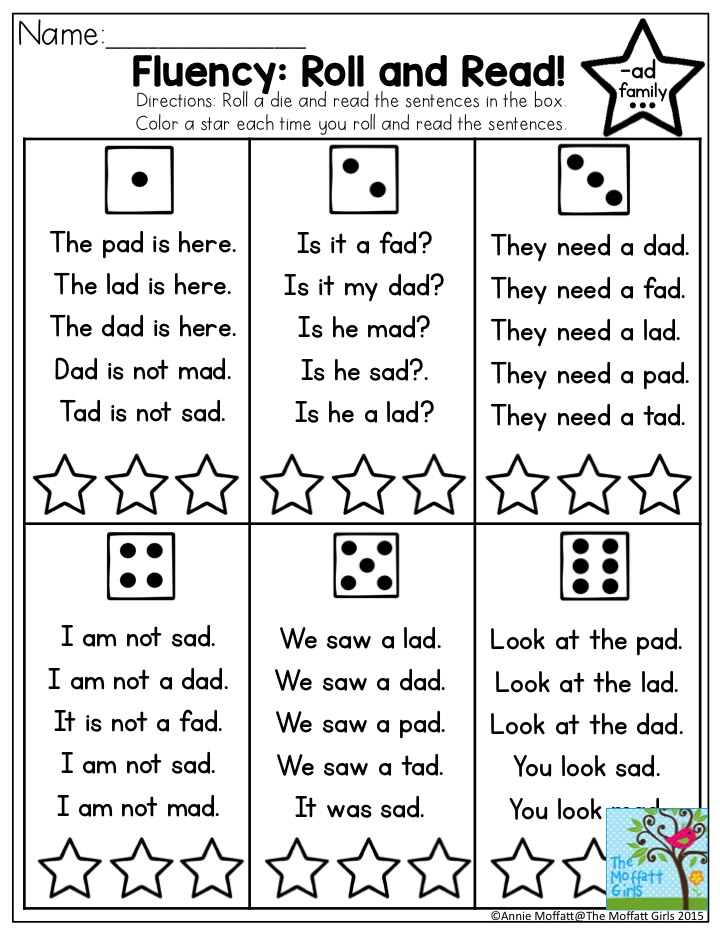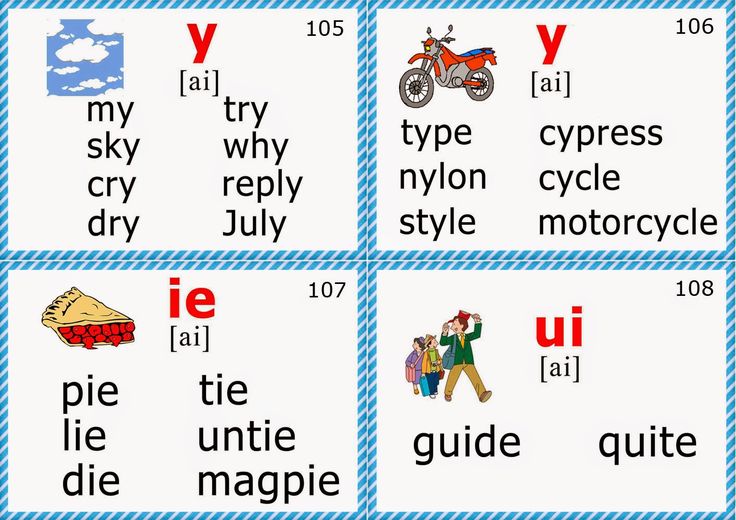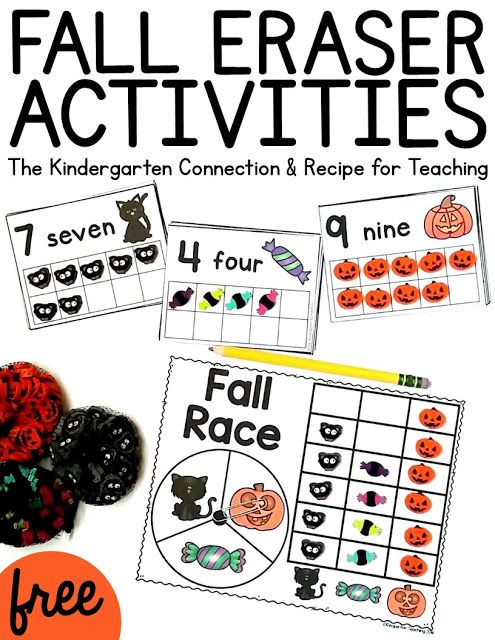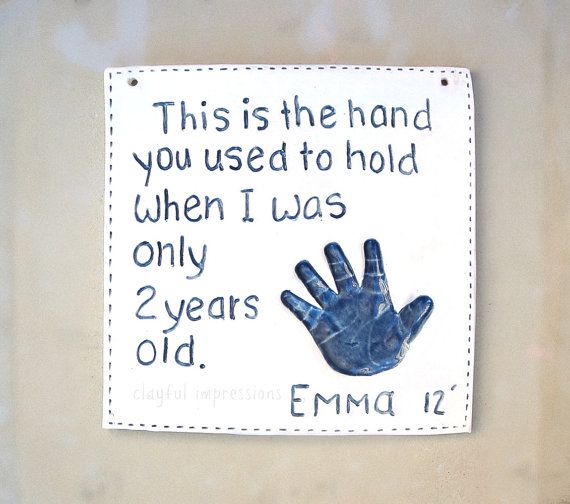Games to help you learn
Engaging Classroom Games for All Grades
What happens when the crewmates can’t perform their task in the popular game Among Us? Among Us is a multi-player social deduction game where players are assigned a position of either a crewmate or an imposter. Children are fascinated with games like these, and teachers are taking notice. Surprisingly, games like Among Us help foster key learning skills and with a little forethought, teachers are learning how to incorporate these engaging games into their classroom.
Why are Games an Effective Engagement Tool?
According to research, using games in the classroom can increase student participation by motivating students through experiences they enjoy and want to continue to play. According to psychologists, play contributes to a child’s cognitive development and helps to foster social and emotional learning. Classroom games also add flair to boring topics or a much-needed break when integrated to relevant learning objectives.
Engaging Classroom Games for Students
Here are some current, popular K-12 classroom games to help motivate and engage learners.
Who’s the imposter?
Among Us is a multi-player game (4-10 players) that takes place on one of three maps: spaceship, sky base, alien planet. Each player in the game is secretly assigned a role of a crewmate or an imposter. The crewmates must complete tasks before getting killed by the imposter or identifying the imposter, while the imposter’s job is to eliminate as many crewmates as they can before being identified. This game fosters many skills: higher-order thinking, problem solving, communication, collaboration, critical thinking, and reasoning to name a few. Teachers can either use this game as a motivational tool (fun Friday) or use the concept of the game. For example, find the imposter with math facts, create your own escape room, or play Among Us using Flipgrid.
Chess
The game of chess is growing in popularity thanks to the television show the Queen’s Gambit. Over 62 million people watched the extraordinary talent of a young orphan playing chess and now everyone wants to give it a try. Teachers can jump on the bandwagon and get their students excited about chess too. What is often regarded as a game of intelligence and logic can also help build confidence in students. Research shows 72% of students say that learning to play chess has made them more confident when learning difficult material. It also shows to increases memory, problem-solving skills, and concentration. Students can learn the game in the classroom or online at Chess.com.
Over 62 million people watched the extraordinary talent of a young orphan playing chess and now everyone wants to give it a try. Teachers can jump on the bandwagon and get their students excited about chess too. What is often regarded as a game of intelligence and logic can also help build confidence in students. Research shows 72% of students say that learning to play chess has made them more confident when learning difficult material. It also shows to increases memory, problem-solving skills, and concentration. Students can learn the game in the classroom or online at Chess.com.
Minecraft
Minecraft is transforming education with millions of students learning with the education edition. This collaborative game, where students work competitively but also together to solve problems and challenges has so many possibilities and potential for different uses in the classroom. The game can be used for a tool for writing – create stories based on your character, as a way to build digital citizenship – effectively communicating with others, or to help make history come alive – show knowledge of historic places or create historic experiences.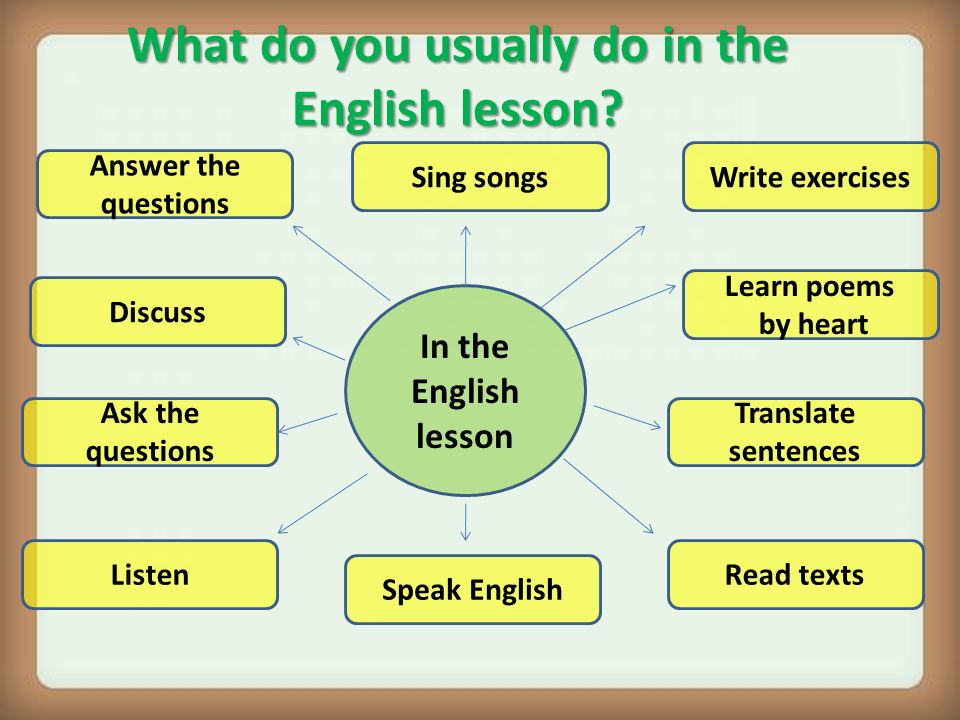 While Minecraft is a complex game, it’s also very engaging and can really help to develop key skills that students need to learn.
While Minecraft is a complex game, it’s also very engaging and can really help to develop key skills that students need to learn.
The Stand-Up Game
The Stand-Up game also known as the “Nunchi Game” in South Korea, is a popular classroom game that can be played in-person or virtually. The goal of the game is for students to one at a time stand up and say a number, but if two students stand up at the same time, then they are out. If playing virtually students just shout out the number versus standing up. To play, choose a number to count up to. Instruct students that one student must stand up and say the number 1. Then a different student must stand up and say number 2, and so on up to the number you choose to go to. Any student can stand up at any time, but if two students stand up at the same time, then they lose.
Kahoot and Quizizz
Interactive game platforms like Kahoot and Quizizz are so engaging that many teachers are now reporting that their students are requesting to play them as part of their learning.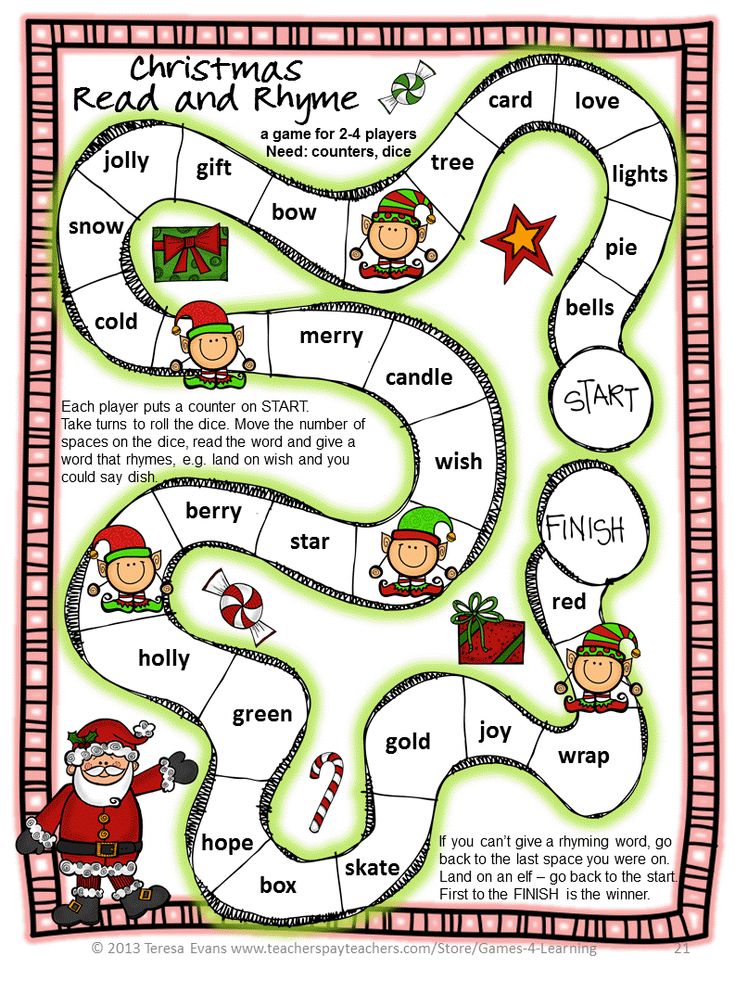 These free gamified quizzes are a great tool for teachers to scaffold and can be calibrated to any ability level. Students love playing them because they are not only fun but “you don’t feel like you’re learning when you play”, said one student.
These free gamified quizzes are a great tool for teachers to scaffold and can be calibrated to any ability level. Students love playing them because they are not only fun but “you don’t feel like you’re learning when you play”, said one student.
Story Cubes
Story Cubes are a literacy and story-telling tool (or game) that teachers can use in their classroom. There are 9 dice with 54 images total. You can purchase the original set, the action set, or voyages set. By rolling the dice, a different set of images is revealed, and students must tell a story that involves all nine images. These cubes can be used individually as a writing prompt to help students write a story or be used competitively as a game. If using as a game, break students up into three teams. Then, instruct students to roll the die and together as group come up with a story. Then one member of each group reads the story to the class and students vote on the best team’s story to see which group wins!
Games can have a powerful impact on learning and are also quite useful in the classroom because they allow students to socialize and learn to communicate better with one another.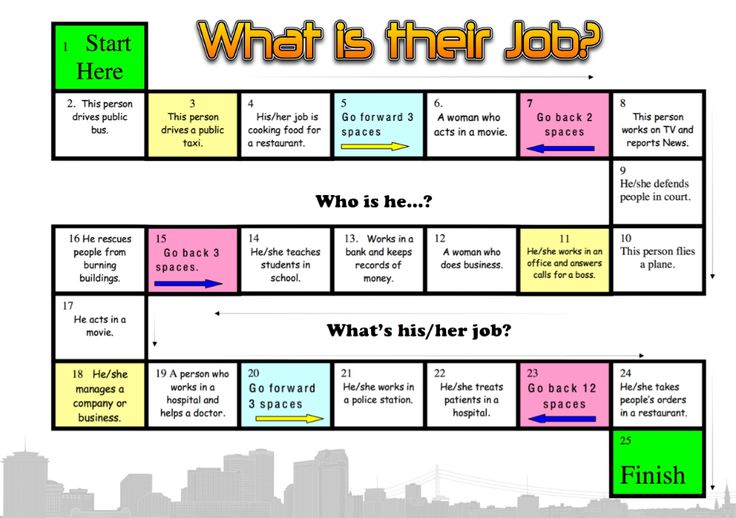 When implementing games, don’t rule anything out; many games can help develop a slew of practical skills that you didn’t even think about before.
When implementing games, don’t rule anything out; many games can help develop a slew of practical skills that you didn’t even think about before.
*Updated July 2021
How to Use Gameplay to Enhance Classroom Learning
What happens when a gorilla goes into a battle with a brown hyena in an Australian rain forest?
Tanya Buxton’s high school biology students could find out as they embark on March Mammal Madness (MMM), a virtual game modeled after the annual NCAA basketball championship that aims to educate U.S. students about the importance of biodiversity and endangered species.
This is the second year in a row that Buxton has enrolled her Atherton, California, students in the tournament to deepen their understanding of global ecosystems while building community and camaraderie among peers.
Gameplay in school isn’t just about having fun though, say Buxton and other teachers, who are increasingly using games and gaming principles to enhance instruction.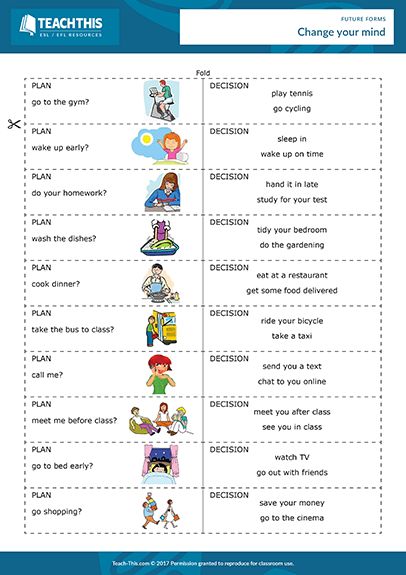 From Minecraft to the Game of Life and Werewolf, effective games like March Mammal Madness link content with low-stakes competition and can provide a more collaborative, engaging classroom experience—especially for students who may struggle to focus or find their niche in learning. During the pandemic, games have also provided an important outlet that keeps kids connected and motivated remotely.
From Minecraft to the Game of Life and Werewolf, effective games like March Mammal Madness link content with low-stakes competition and can provide a more collaborative, engaging classroom experience—especially for students who may struggle to focus or find their niche in learning. During the pandemic, games have also provided an important outlet that keeps kids connected and motivated remotely.
These claims aren’t just anecdotal. According to research, using games in teaching can help increase student participation, foster social and emotional learning, and motivate students to take risks. One study of the popular multiple-choice quiz game Kahoot found that it improved students’ attitudes toward learning and boosted their academic scores. In addition, studies have found that virtual games can improve focus and attention for students with ADHD and help students with dyslexia improve spatial and temporal attention, which can translate into improved reading.
But games aren’t substitutes for other forms of learning.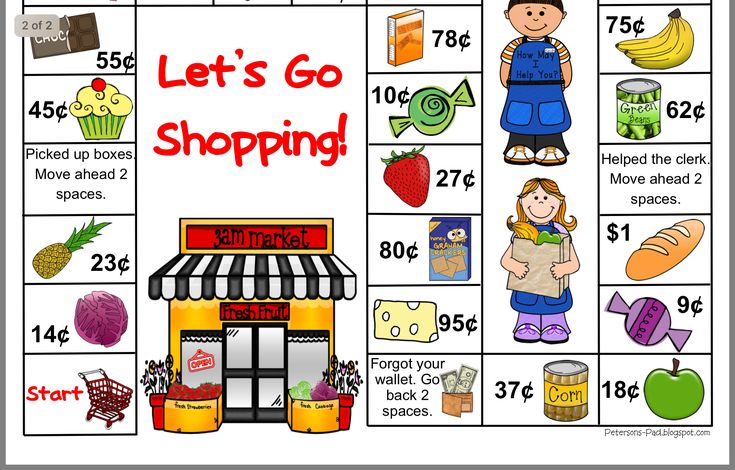 Like any educational tool, they need to be well-planned and integrated only when they’re relevant to the learning objectives.
Like any educational tool, they need to be well-planned and integrated only when they’re relevant to the learning objectives.
Think of games not as Band-Aids to fix what’s broken in the classroom but as “a pedagogical approach that might help people think differently about what’s possible... limited only by a player’s imagination and by what a gaming set of rules allows,” says Antero Garcia, an assistant professor at the Stanford Graduate School of Education who studies the impact of technology and gaming on youth literacy and civic identities.
Want to integrate well-developed games or just a few gaming principles into your lessons? Here are some approaches to consider to make games a valuable teaching tool.
Test and Learn
In many games, players encounter scenarios that involve making in-the-moment decisions that let them quickly see the impact of their choices in a low-risk setting and then try (and try again) if they falter—skills that are valuable as they go through life, says Garcia.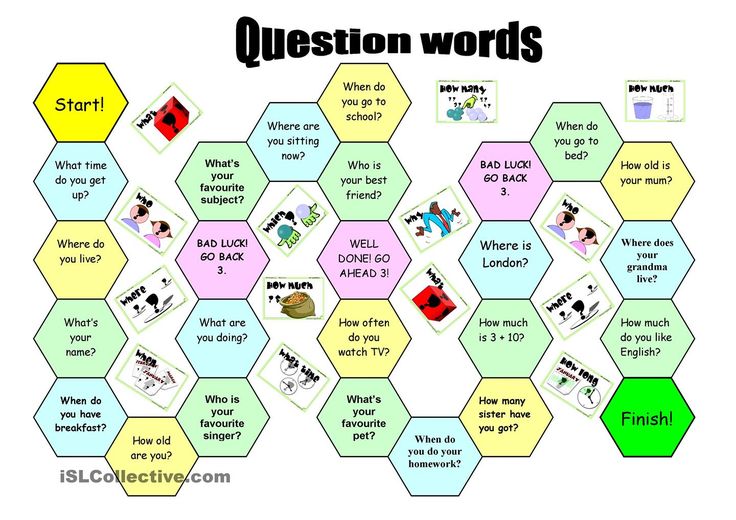
Hi-Point / Shutterstock.com
Teachers, for example, can use role-playing games in the classroom to help students inhabit different perspectives and understand them as part of larger, holistic systems of thought, explains Matthew Farber, a former teacher and assistant professor at the University of Northern Colorado who studies the intersection of game-based learning and SEL. This system of thinking can become a good entry point for students to learn about their own agency as they weigh possibilities and consider alternate plans of action.
Because games are interactive—unlike books or movies that involve more passive consumption—they may also encourage students to explore new topics and approaches to learning that they otherwise would not consider, he says.
In the virtual game Alba: A Wildlife Adventure, for example, players launch mini-missions where they discover and protect species of endangered animals. Though students might not consider themselves adventurers or conservationists when they play the game, the low-risk setting can get them thinking about larger-scale impacts they could have in the real world, adds Farber.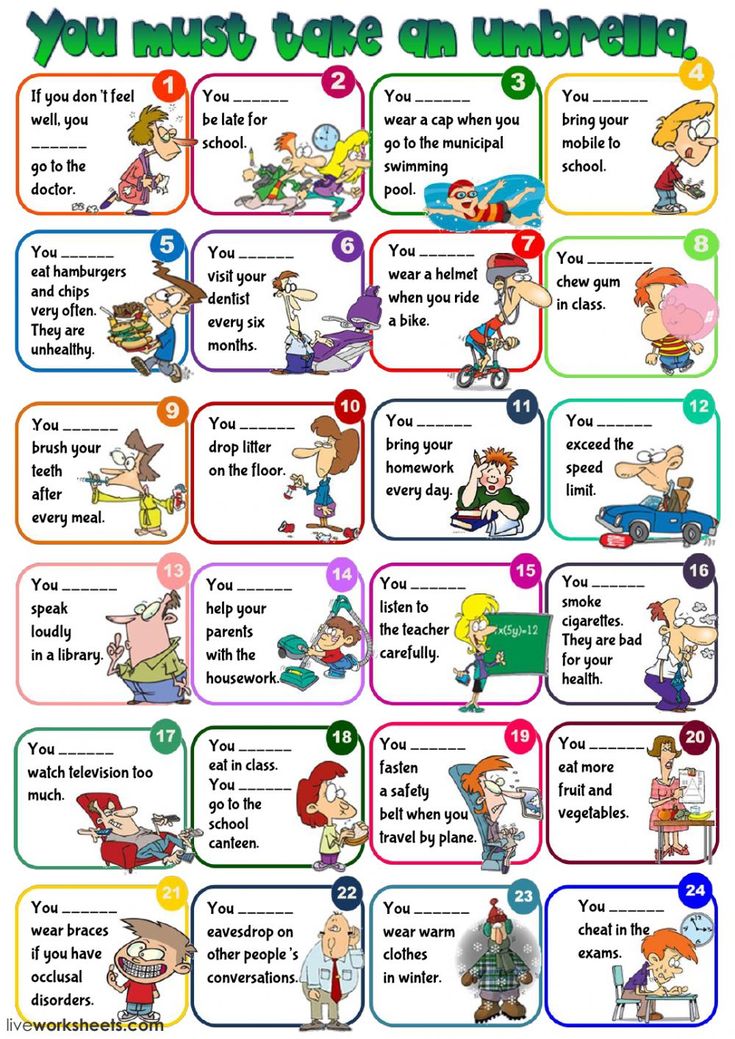 As a follow-up activity, students could conduct further research on animals they encountered or even take local nature walks to identify smaller ecosystems of local wildlife.
As a follow-up activity, students could conduct further research on animals they encountered or even take local nature walks to identify smaller ecosystems of local wildlife.
Even if teachers aren’t using a fully developed game in their class, they can use a process known as gamification, or weaving components of games such as points, leaderboards, and badges into lessons to boost students’ motivation. Because students get excited about the competition from earning badges or embarking on a quest, they tend to take more risks—and, in turn, learn from their mistakes, says Manju Banerjee, an associate professor and vice president of educational research and innovation at Landmark College in Putney, Vermont.
When students are researching a topic and conducting a literature analysis, teachers can design curricula to send them on a quest—instead of framing it as a typical assignment—or rethink assessment and “tell a student that he is at a ‘novice’ level rather than a grade of C-” to reduce academic pressure and encourage participation,” says Banerjee.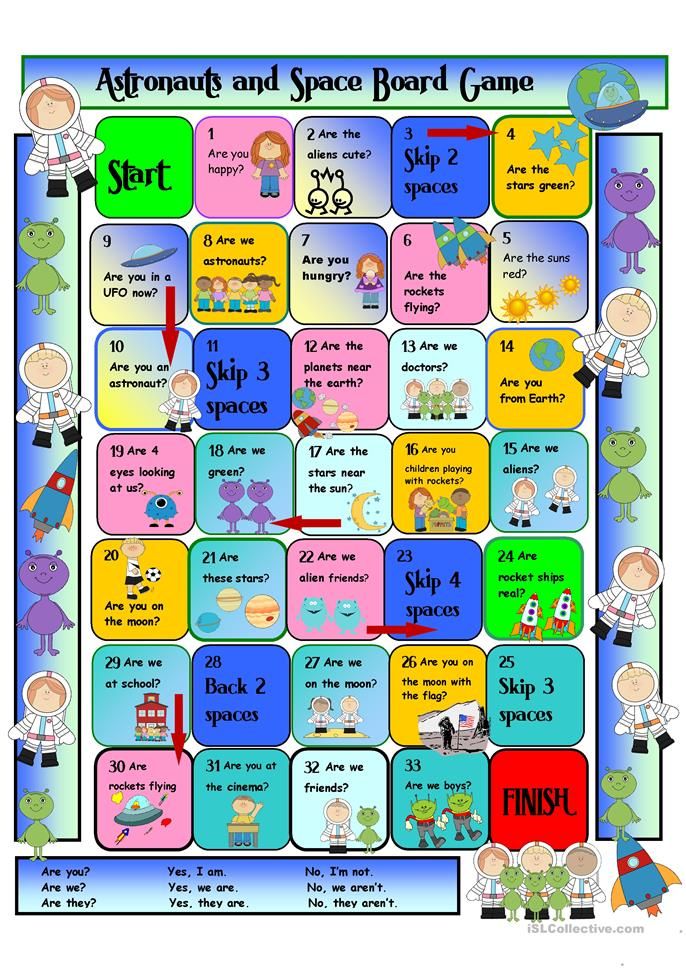
Learning in Disguise
Though it’s not the only reason to play games, the fun of gameplay is a critical part of why they are so successful with children, according to educators, who say that games can help disguise the learning of essential but challenging skills that kids might otherwise resist.
Phil's Mommy / Shutterstock.com
Teachers Joe Dillon and Marina Lombardo, for instance, created a poem-writing activity using Minecraft: Education Edition, in which students move through a maze and visit rooms to learn how to make their writing more descriptive. This game, inspired by Georgia Heard’s Six-Room-Poem activity, guides students through specific writing prompts, such as describing an object by focusing on the ambience of its surroundings.
Many games involve a compelling storyline that can quickly hook kids, which is what makes teaching with them so effective, explains Kendra Cameron-Jarvis, an instructional technologist for Buncombe County Schools in western North Carolina.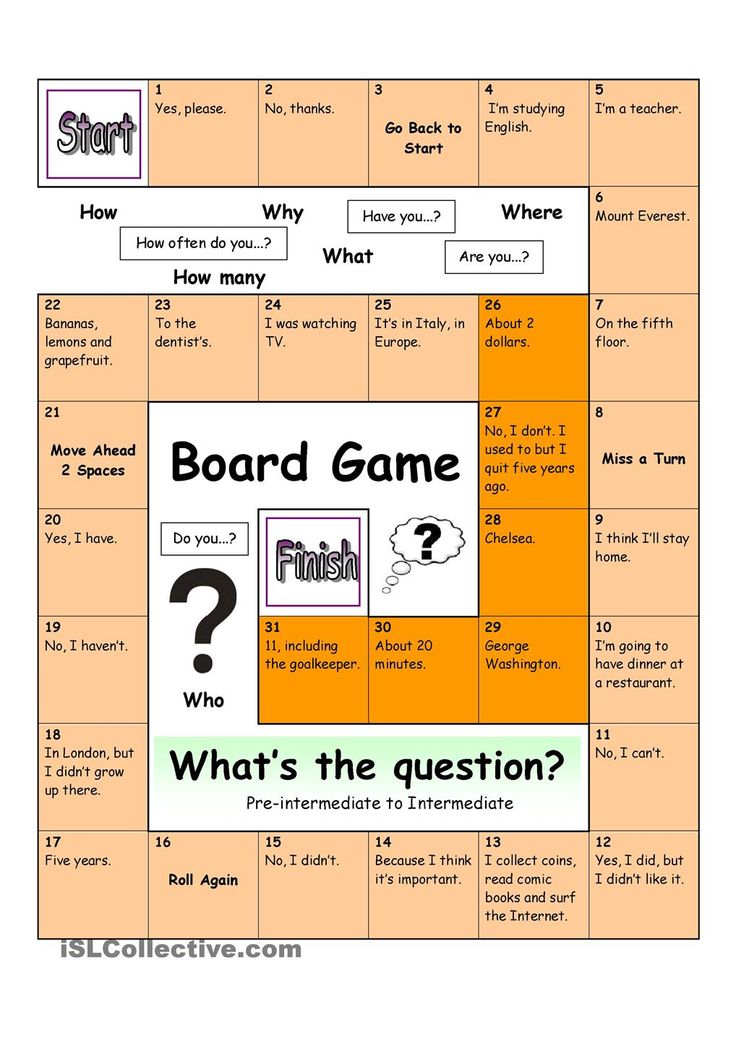 In a game she designed called Discovering the Ancient Pyramids Adventure, sixth-grade students use Google Maps Treks—which provide a 360-degree view of the ancient structures—to go on a quest inside the Great Pyramid and solve a mystery while they explore. The game reinforces what they’re learning in class about ancient Egypt, she says.
In a game she designed called Discovering the Ancient Pyramids Adventure, sixth-grade students use Google Maps Treks—which provide a 360-degree view of the ancient structures—to go on a quest inside the Great Pyramid and solve a mystery while they explore. The game reinforces what they’re learning in class about ancient Egypt, she says.
“It’s kind of sneaky—they don’t realize they’re learning,” she says. “Kids are going to have a really good time, and they’re going to learn along the way.”
Teachers are also increasingly using apps and interactive game platforms like Kahoot and Quizizz—Kahoot says that more than 6 million teachers in 200 countries use its app to date—as fun formative assessment tools to ensure that students are on track with their learning, especially during the pandemic. Cameron-Jarvis says teachers are reporting that the platforms are so engaging, students frequently request to play them as part of their learning.
To increase the likelihood of all students participating, teachers can scaffold the difficulty levels of a game, calibrated to the current ability of the student.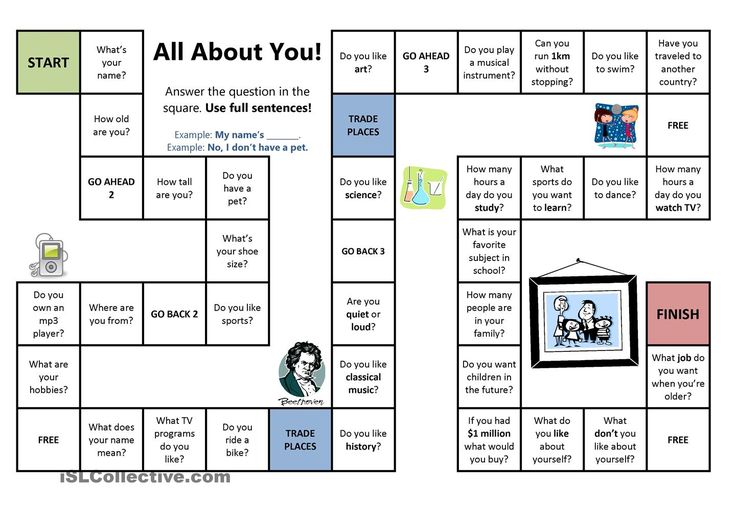 For students with special needs in particular, games can be beneficial because they disrupt traditional learning approaches and introduce opportunities for them to succeed where they have often struggled, says Banerjee, who has more than 29 years of experience in the field of learning disabilities.
For students with special needs in particular, games can be beneficial because they disrupt traditional learning approaches and introduce opportunities for them to succeed where they have often struggled, says Banerjee, who has more than 29 years of experience in the field of learning disabilities.
Banerjee recommends that teachers use a myriad of low-stakes leaderboards—scoreboards that show the names and scores of participants—to highlight often-overlooked activities or skills in a way that recognizes contributions from students who typically do not perform well on traditional assignments. Teachers can give credit to the student with “the most creative calculation error” in a math class, for example, which not only makes learning more entertaining but acknowledges that all students can contribute meaningfully within a classroom.
Bringing Students Together
Though students can play games alone, most education games encourage players to collaborate effectively in teams—a building block for creating strong relationships and skills like cooperation that will be valuable as they progress through school and life, studies show.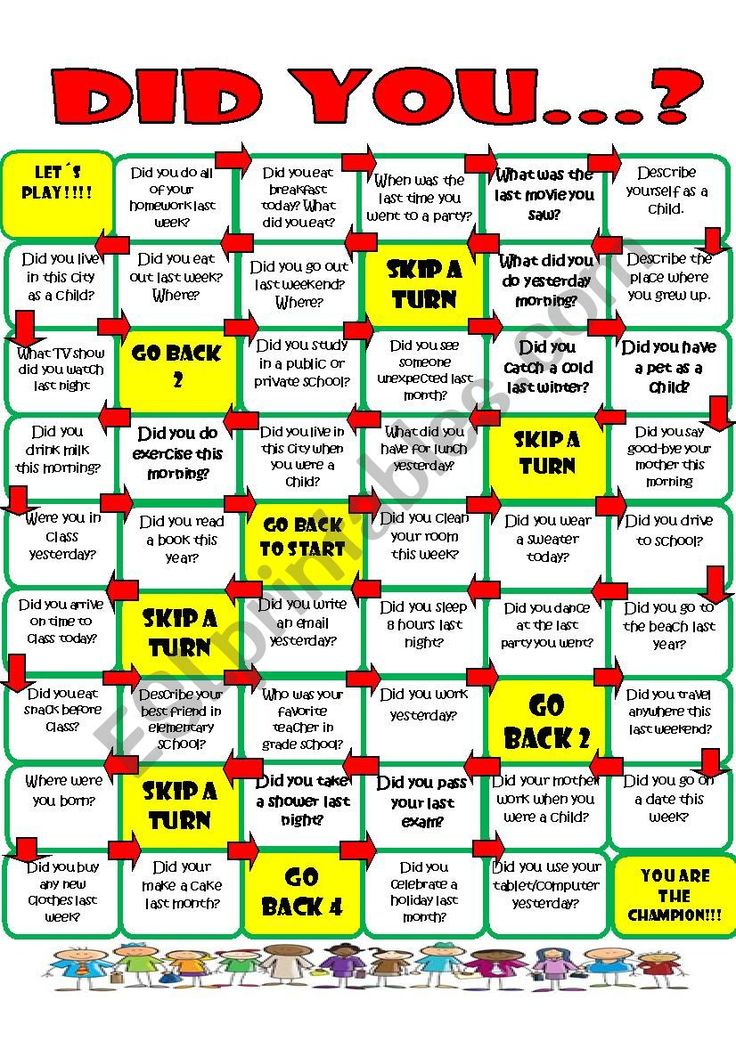
Dusan Stankovic / iStock
These social interactions have been crucial during distance learning, according to Douglas Kiang, a high school computer science teacher at the Menlo School. Since schools went virtual last spring, Kiang has used Minecraft to give students a chance to interact with each other while learning social skills such as teamwork, negotiation, and respect for others. He also plays Among Us with his advisory group of about 10 students.
“I think games are useful in that respect for bonding and for allowing kids to socialize and communicate with each other,” says Kiang, who is a nationally recognized expert on game-based learning and technology integration.
Integrating more community-building elements into your classroom doesn’t always require playing a multiplayer video game, though, says Cameron-Jarvis. She suggests posting questions in the stream of popular tools like Google Classroom, Flipgrid, and Nearpod, and letting students respond, interact, and debate ideas.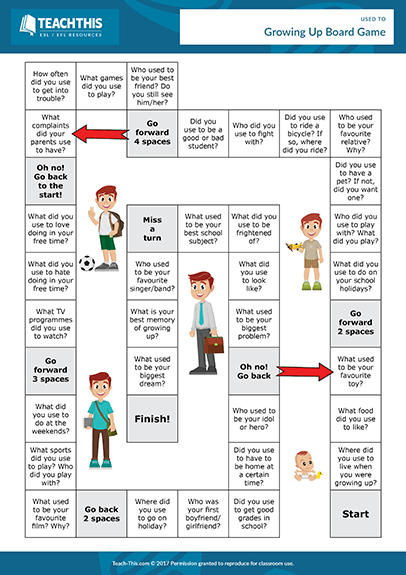 Other teachers have used Google tools to make their own versions of traditional games like Connect Four or Tic Tac Toe so that students get a brain break from academic learning.
Other teachers have used Google tools to make their own versions of traditional games like Connect Four or Tic Tac Toe so that students get a brain break from academic learning.
The important part of using games in the classroom is trying not to gamify everything and to start small, using games with rules that students understand, says Cameron-Jarvis. The mix of games also matters, adds Farber, who says teachers should aim for variety. If you do let kids play games in class, he says, “think about the emotions those games evoke besides strategy and procedure.”
TOP 10 games for learning programming for kids
Games are the greatest invention of mankind. They help not only to have a good time, but also to study. IT is no exception: there are many games for learning to program. We will tell you which of them will be useful.
Game teaching methods not only captivate the child, but also provide a strong mastery of knowledge and skills. The theory from the textbook can be forgotten in a few days, but what the student has mastered in the game will be remembered for a lifetime. nine0003
nine0003
So put your textbooks away! Of course, they are useful, but the student can get bored. It is better to learn to program with pleasure - in a playful way. Here are the TOP 10 games that will help in learning programming:
Scratch
Perhaps the most popular game for children who want to learn programming. With Scratch, you can create interactive stories, games, and cartoons. In it, the child will learn how to work with variables, branches and loops, as well as write in the visual programming language Scratch. nine0003
Human Resource Machine
The ability to solve algorithmic problems is an important skill for those who dream of connecting life with IT. Without it, you won't be able to learn how to program. In the Human Resource Machine game, the player controls a clerk who must carry out the instructions of the chief. The goal is to automate its work in a game programming language using algorithms.
SQL Murder Mystery
Do you want to try on the role of a detective? Miss Marple or Sherlock Holmes? In SQL Murder Mystery, you will investigate a murder in SQL City. And competent database queries will help in this. Learn to formulate them, and you will definitely get to the bottom of the truth. nine0003
And competent database queries will help in this. Learn to formulate them, and you will definitely get to the bottom of the truth. nine0003
while True: learn ()
What would you do if your cat programmed better than you?..That's right, learn from him. There is only one problem - cats do not talk and cannot transfer knowledge. In while True: learn () you have to create a cat-to-human translator. To do this, you will have to master the basics of machine learning, moving data and functional blocks in such a way as to write a translator.
Code Monkey
Do you remember the Tamagotchi in which you had a perpetually hungry pet? The game Code Monkey is somewhat similar to him, only the pet is more independent - he gets food himself. Your task is to control your pet monkey so that he collects as many bananas as possible and does not go hungry. The game will help you learn the basics of programming and learn how to work with complex algorithms.
CodinGame
Are you ready to save the planet from aliens? Then this game is for you! You will have to defend yourself from alien ships, control a laser gun and use one of the programming languages for this. Choose from: C, C++, C#, Go, Groovy, Haskell, Java, JavaScript, Kotlin, Lua, Objective-C, OCaml, Pascal, Perl, PHP, Python (v. 3), Ruby, Rust, Scala, Swift, TypeScript , Visual Basic .NET. But that is not all! You will learn the basics of artificial intelligence and compete with other players. Ready to take on the challenge? nine0003
Untrusted
Or do you prefer the dark side? Then try yourself as a hacker! In the multiplayer puzzle game Untrusted, you will hack into the server and try not to get into the eyes of secret agents. And also - learn how to work with the Java programming language and think through cunning tactics. A great simulator for the brain of novice programmers.
Tynker
What will you do today: fight the goblins or fly to Mars? In Tynker, you can do both, plus play Minecraft and raise monsters. The game is designed for a fun learning HTML and CSS, JavaScript, Python and Java. nine0003
Empire of Code
Ready to lead an army of robots? Then Empire of Code is for you. You have to participate in battles, mine gold and control robots using JavaScript or Python programming languages. Choose which one you like best and fight your opponents.
RubyWarrior
The player will have to show courage to fight the monsters and save the princess. But instead of a sword, he will have a code - in order to win, he will need to solve non-standard problems in the Ruby programming language. Each time the tasks will become more difficult, and the level of Ruby proficiency will increase. nine0003
Of course, learning to code through games is a good solution for those who are learning to code. However, to become a strong programmer, this is not enough - you need to learn fundamentally. At the School of Programmers, schoolchildren just get the necessary IT knowledge base and consolidate their skills in practice, including in games.
Help your child become a strong programmer! To do this, register on our Informatics platform and select the date of the entrance test. We will check the knowledge of the child and help you choose a training program. nine0003
I want to enroll
experts explain why games are more useful than educational games and lessons
© Liza Streltsova
Not only screams and chaos, but also a lot of good!
A common complaint about kindergartens, which is regularly found in parental circles, is: "No one works with them there, they just play all day long!". In the world of adults, the opportunity to roll a car on a carpet all day is considered completely unacceptable (and in vain), but for children, “just playing” is many times more important than any developmental activities. We remind you of this at the beginning of the new school year and explain why. nine0003
When children have the opportunity to play with their peers or parents, their imagination is at full capacity. They constantly come up with new scenarios and ways of playing, adapt to changing conditions and develop creative thinking.
University of Maryland Mental Health Center director Sharon Hoover confirms that "gaming and mental health are linked." Pediatricians and other professionals agree that free play is a normal, healthy, and natural part of a child's development. nine0003
According to Hoover, games are good because they generate “positive feelings, such as joy or excitement, that improve the child's mood and reduce feelings of anxiety and sadness. At the same time, children who did not have enough time to play saw an increase in symptoms of depression, anxiety, and inattention.”
Remember the pleasant feeling of relief and joy when you hear the bell from class? This most exciting moment, when you can leave the classroom and have fun from the heart, run and play with your classmates, is hard to forget. nine0003
The opportunity to play freely with your peers is essential to a child's development and helps him acquire many social skills that will be useful throughout his life.
The current generation of children is looked after much stronger and more carefully than previous generations (well, you yourself know these stories about how children from the age of five used to walk without their parents in the yard, and playgrounds looked more like an army obstacle course). This gives rise to a problem: due to the overprotection of parents, not all children get the opportunity to fill bumps on their own and figure out what is dangerous for them and what is not. nine0003
Free play allows children to test themselves and learn to better manage their bodies, their emotions and their decisions. The ability to self-regulate is another important stage in a child's development, and free play is a great way to develop it.
When you give children the opportunity to play independently and freely, “they learn to cope with problems, think through their actions to the end and realize their own possibilities. This allows them to feel more confident and less helpless." nine0003
Children are born to play. For them, this is the best way to learn, grow and master new skills. Free play stimulates brain cells, and the game tasks that the child sets for himself make his brain work hard, which contributes to his development.
In general, games (even if they look strange from the outside) are not a waste of time that is needed only in a break between useful activities, this is a useful activity, and, perhaps, one of the most useful for children.



